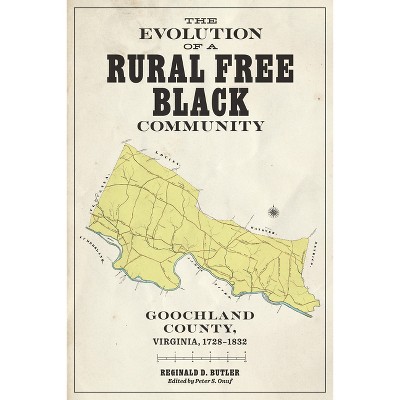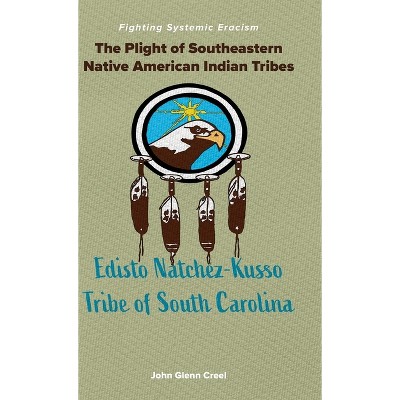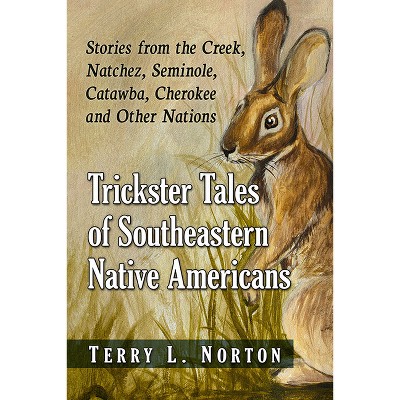Sponsored

The Plight of Southeastern Native American Indian Tribes - by John Glenn Creel (Paperback)
In Stock
Sponsored
About this item
Highlights
- Erasing Indigenous Identity: Chief Creel's Fight for Recognition of Native American Tribes Amidst Systemic Bias in US Records & Documentation.In this captivating account, Chief John Glenn Creel, the head of the Edisto Natchez-Kusso Tribe of South Carolina, unveils the harsh reality of eracism-an insidious phenomenon where actions and decisions systematically erase an ethnic identity.
- Author(s): John Glenn Creel
- 152 Pages
- Biography + Autobiography, Cultural, Ethnic & Regional
Description
Book Synopsis
Erasing Indigenous Identity: Chief Creel's Fight for Recognition of Native American Tribes Amidst Systemic Bias in US Records & Documentation.
In this captivating account, Chief John Glenn Creel, the head of the Edisto Natchez-Kusso Tribe of South Carolina, unveils the harsh reality of eracism-an insidious phenomenon where actions and decisions systematically erase an ethnic identity. Born in 1967 in Creeltown, a historic community founded by his great-grandfather, Chief Creel has born witness to the stark disparities and discrimination faced by Native American communities.
This book is a poignant narrative of Chief Creel's experiences and those of his tribe members, painting a vivid picture of their struggle for recognition. It explores the systemic biases that have led to Native Americans being inaccurately documented or altogether unrecorded in official records, effectively denying them of their ethnic heritage.
Chief Creel's personal stories, from being denied rightful recognition on medical forms to witnessing the erasure of a tribal member's identity on a marriage license, are both heart-wrenching and enlightening. These accounts shed light on the perpetual battle Native Americans face for basic acknowledgment of their existence, even in the face of official letters from county, state, and federal officials recognizing their status.
This anthology is a compelling journey through historical documents and evidence, compiled by Chief Creel, to establish his identity and that of his tribe. It underlines the sad reality of the year 2025, where Native Americans still have to fight for authentic documentation of their existence.
This book is a plea for change, for the recognition and respect that has been denied to Native American communities for far too long. It is a testament to the resilience of a people, unwilling to let their identity be erased by systemic bias. This is not just a book for history enthusiasts or those fascinated by Native American culture, but for anyone who values truth, justice, and the preservation of cultural heritage. It is a call to recognize and confront eracism in all its forms.

















